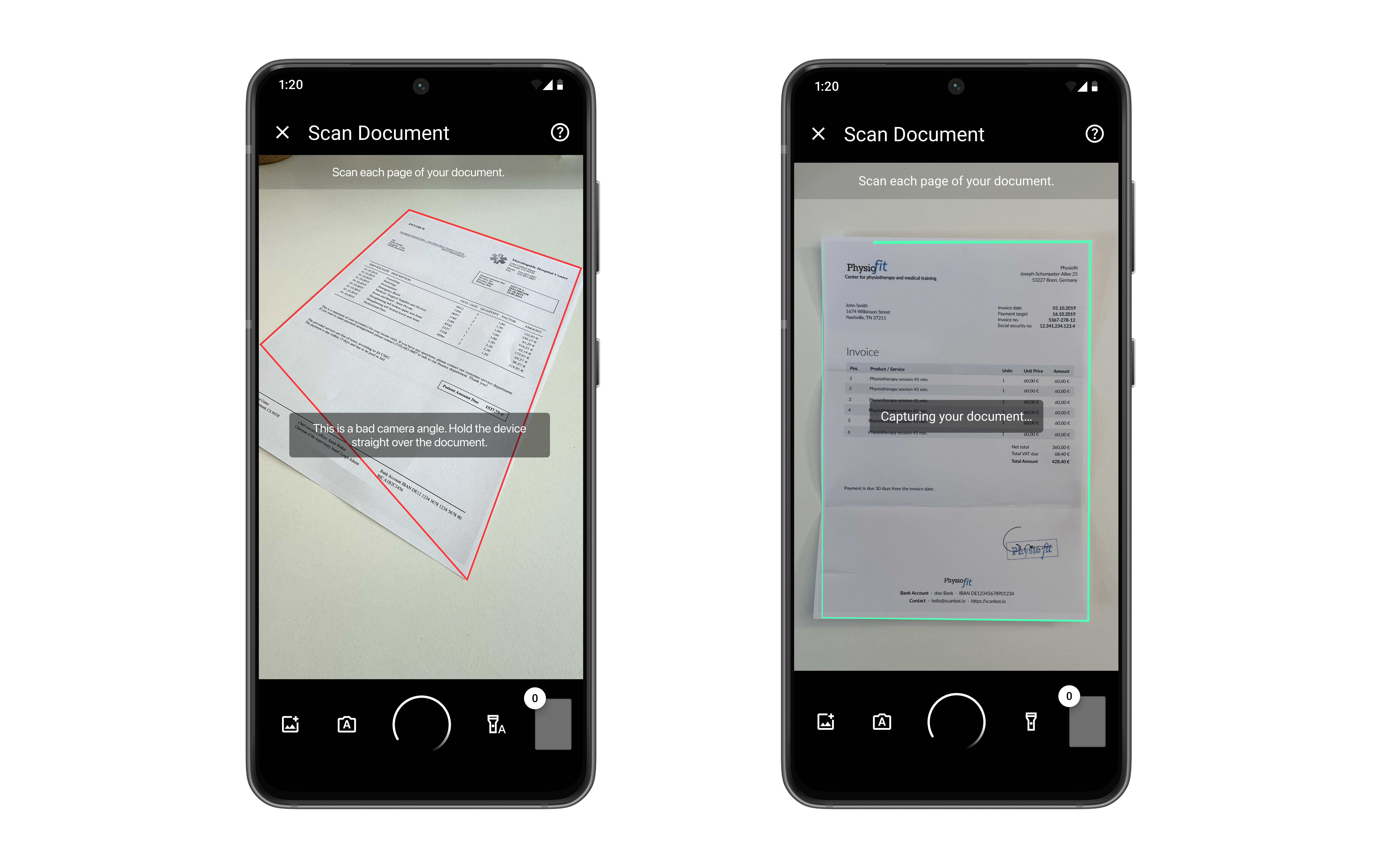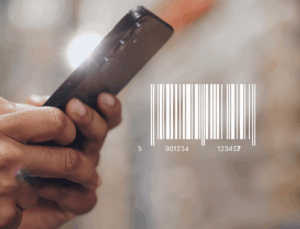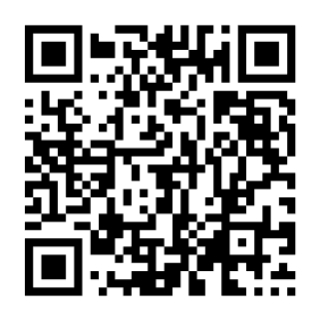Document scanning has become a common feature in apps across industries, from logistics and banking to retail and insurance. But choosing the right solution to integrate isn’t as straightforward as it seems.
In this guide, we’ll go through the key questions to ask yourself when evaluating document scanning software. In particular, we will be comparing open-source document scanner libraries against commercial SDK solutions.
SDKs vs. libraries: What’s the difference?
Let’s start at the beginning: How do SDKs and libraries differ from one another?
A Software Development Kit (SDK) is a complete package for integrating a specific feature into your application. In this case, this is a document scanner. Think of an SDK as a ready-to-use toolkit: it bundles together libraries, APIs, sample code, and documentation.
A library, in contrast, is a smaller set of prewritten code components that enable specific functionality, but doesn’t handle the entire scanning workflow. It’s more like a specialized tool than a full toolkit. To create your feature, you will need to choose and combine several libraries.
In short: Both libraries and SDKs can be used to build a document scanner. SDKs are the faster route to a production-ready feature. Libraries, meanwhile, give you flexibility, but require significantly more custom development.
What to consider when choosing document scanning software
Selecting a scanner is about more than checking whether it works. Factors like platform compatibility, scanning performance, and vendor support can make or break the user experience.
The best way to evaluate solutions is to test them under the same conditions your users will face. This means testing the software with different devices, lighting environments, and workflows.
Next, we’ll dive into some of these factors.
Does the SDK offer broad platform support?
Your users may be on iOS, Android, or web platforms. Unless you are certain they are tied to one, you’ll want a scanning solution that supports multiple operating systems.
Cross-platform frameworks like Flutter, .NET MAUI, React Native, Xamarin, and Ionic allow you to develop a single codebase that runs on multiple platforms. This saves time and development resources. If you’re using one of these frameworks, make sure the scanner officially supports it.
Many open-source libraries for cross-platform frameworks are actually open-source wrappers around native scanning libraries. Since these wrappers are usually maintained by individual developers or small volunteer teams, there’s no guarantee they’ll keep up with frequent operating system updates.
For business applications, SDKs with official cross-platform support and regular maintenance are generally the safer choice.
Does the SDK deliver high-quality scans in real-world conditions?
High scan quality is non-negotiable. A good scanner produces sharp, readable documents that are immediately usable, whether for storing, sharing, or processing with OCR.
The challenge is that, in real life, scanning rarely happens under perfect conditions. Drivers may scan bills of lading in poorly lit truck cabins, holding the document at an awkward angle. Field workers may deal with crumpled, stained forms.
In these scenarios, a reliable SDK must have features in place to still deliver professional results. Look for key features such as:
- Perspective correction to straighten documents scanned at an angle.
- Automatic capture and cropping for hands-free capture as soon as the device is held in the right position.
- Image enhancement filters to improve contrast and remove shadows, stains, or fingers.
- Noise reduction to minimize image artifacts.
- Image filters like grayscale or binarization for OCR optimization.
- Built-in quality check that prompts users to rescan when the scan quality falls below a threshold.
Finally, ensure the SDK supports the export formats your backend requires. Most commercial solutions provide PDF, JPEG, and TIFF. Those that include OCR may deliver both plain text and searchable PDFs.
Is the SDK easy to use, even for novice users?
Quality is important, but a scanner will only be successful if users have a good experience using it. A good scanner offers a logical, intuitive user flow that works for everyone, regardless of their familiarity with technology.
One of the most effective features here is user guidance. On-screen instructions help users position the document correctly. This guidance can include visual cues such as boundary frames or overlays, as well as real-time feedback messages like “move closer,” or “adjust angle.” This improves both the ease of use and the quality of the resulting scans.
An auto-capture function increases convenience further. By triggering the scan automatically once the document is properly aligned, auto-capture removes the need for manual triggering. Additionally, it ensures consistently better results.

Is the user interface customizable?
Every app has its own style, so it’s worth considering how much control you want over the look and behavior of the scanner interface.
Most SDKs allow for basic configuration, such as changing UI colors, fonts, or icons. More advanced solutions also let you customize functional elements: for instance, enabling or disabling auto-capture, or adding controls for zoom, flash, or camera switching.
Overlay design is another feature to think about. Many SDKs provide a simple rectangular viewfinder. This default works well for standard documents. To better guide users when scanning specific document types, though, it’s useful to be able to adapt the shape of the finder overlay.
After a scan, apps typically show a review screen where users check their results. Options to rotate, adjust, reorder, or retake scans add flexibility. A well-designed review step ensures that the final document meets user needs without them having to restart the entire scanning process.
Keep in mind that the more customization you require, the more development effort is needed. Fully customizable UIs provide creative control but take time to implement. Many SDKs strike a balance by offering configurable, ready-made components. These UI components are easy to integrate, yet flexible enough to align with your app’s design.
Is the SDK easy to integrate?
Beyond user experience, the developer experience matters too. A good SDK is straightforward to integrate, minimizing the time and effort required from your team.
Look for solutions that provide clear documentation, sample code, and step-by-step tutorials. If the provider offers trial licenses or example apps, make use of them. Test-driving the solution helps uncover potential roadblocks early and lets you make a realistic estimate of the integration effort.
Speaking of integration: It is also worth considering the SDK’s impact on your app size. Large applications can discourage downloads and may even run into app store restrictions. While there is no universal cutoff point, check the provider’s documentation for the expected increase in bundle size. You should ensure that it doesn’t conflict with your performance and distribution requirements.
Does the SDK come with reliable support?
Integration guides and code samples are valuable, but they can’t cover every scenario. Even with clear documentation, developers may need specific advice on integrating the SDK into their specific system, help setting up certain features, or guidance on fixing bugs after an update.
With most commercial SDKs, you can expect dedicated support. For enterprise applications, this kind of direct access is crucial. This is because downtime or unresolved issues can directly impact operations, revenue, and customer satisfaction.
Choosing open-source libraries, by contrast, usually means relying on community support. While fellow developers can be helpful, there is no certainty you will receive a prompt reply, a useful one, or any at all.
When evaluating scanning solutions, consider the quality of support as carefully as their features. Ask yourself: What support channels are available? How short are response times? And do other customers report positive experiences?
Is the SDK updated regularly?
Beyond responsive support now, you should also consider the long-term viability of your candidates. You want a solution that will continue to run smoothly as operating systems evolve and new devices enter the market. You don’t want software that suddenly stops working because its developers have fallen behind on updates.
A well-maintained SDK delivers regular releases. These updates do more than add features: They fix bugs, patch security vulnerabilities, and ensure compatibility with the latest OS versions.
Solutions that update only occasionally carry real risks. As platforms advance, outdated SDKs may slow down, cause integration issues, pose security risks, or stop working altogether.
Does the SDK keep user data secure?
Documents captured through your app may contain highly sensitive information – internal company information, medical records, financial statements. That makes data security a critical concern when choosing a scanner.
Start by checking whether the solution complies with relevant data protection regulations. This includes general consumer protection laws such as the GDPR or CCPA as well as any industry-specific standards that apply to your business.
A strong indicator for data protection is on-device processing. When scans are processed locally on the user’s device, there is generally no need to transmit documents to third-party servers. This significantly reduces the exposure risks.
However, local processing does not automatically mean that no data leaves the device. Solutions may still send metadata, such as IP addresses, for license checks or anonymized analytics. Tracking data may also be used to calculate usage charges.
Always review the provider’s documentation carefully to understand exactly what is shared, with whom, and why.
Does the licensing model fit my business model?
Finally, when choosing a commercial SDK, the value provided has to justify the cost. In particular, the licensing model should support your growth, not restrict it. A solution that seems affordable today may become unsustainable tomorrow as your usage scales. It’s therefore crucial to carefully examine and compare pricing structures.
Most commercial SDKs follow one of two basic models:
- Flat-rate pricing: A fixed monthly or annual fee. The defined cost simplifies budgeting. Flat-rate pricing is particularly attractive if you expect high or fluctuating usage, since the price stays the same regardless of the number of scans or devices. It allows you to scale freely without worrying about surprise charges.
- Volume-based pricing: Costs are tied to usage. You pay per scan, per active device, per user, or another metric. This model can be cost-effective for smaller deployments with steady, low usage. However, as your operations grow, costs can rise quickly and become harder to control.
When comparing providers, think about how their pricing model aligns with your own business model.
Free solutions vs. Scanbot SDK
Once you’ve defined your requirements, the next question is whether to rely on a free, open-source solution or to invest in a commercial SDK.
Non-commercial and open-source solutions
The most popular free document scanner libraries are undoubtedly ML Kit and OpenCV.
ML Kit (by Google) includes both a Document Scanner API and a Text Recognition API. It’s fairly easy to integrate and delivers solid scanning performance. However, it does have its limitations. The Document Scanner API is still in beta, meaning its future development is uncertain. It is also only available on Android.
OpenCV is an open-source computer vision library. It doesn’t provide a ready-made document scanner like ML Kit. Instead, it gives you the building blocks to create one from scratch. OpenCV is very flexible and powerful, but it has a steep learning curve. Building a document scanner with it requires a significant development effort.
Both are strong options that serve different needs. For a detailed side-by-side comparison, check out our blog post ML Kit vs. OpenCV – comparing document scanning software.
The Scanbot Document Scanner SDK
Commercial SDKs have a cost, but they also deliver things open-source libraries cannot: outstanding performance, reliability, and enterprise support. That’s exactly what customers value about the Scanbot Document Scanner SDK.
Consistently high-quality scans
In their feedback, many of our customers emphasize the impact that integrating the Scanbot SDK had on scan quality. For law firm Morgan & Morgan, it solved a major pain point, as Heshie Brody, Technical Lead Client Portal, points out:
“We were getting a lot of poor-quality document photos that our backend couldn’t process, and our attorneys couldn’t read. The Scanbot SDK solved this completely. In the five months since implementation, we’ve processed over 116,000 documents without a single complaint.”
Jason Pesek, Head of Product at logistics technology company Motive, reports a similar experience:
“Document photos were often so bad that the back office couldn’t read them, making it hard to audit and manage for record keeping. Scanbot SDK helps ensure that we get quality document scans each time.”
Support when it matters
Dedicated support also sets Scanbot SDK apart. Customers can reach our Customer Success and Engineering teams directly through Slack or Microsoft Teams. This ensures that questions and issues are resolved quickly.
As Michael Schomacker of health insurance provider HUK-COBURG puts it:
“Integrating the Scanbot SDK eliminated every issue we had with our previous scanning solution on Android and iOS. Integration went smoothly, thanks in no small part to the direct communication with the SDK’s development team.”
Fast, smooth integration
Another advantage our customers highlight is how they can move from setting up the scanner to go-to-market in a matter of weeks, thanks to the ease of integration. The IT Research & Development Team at VakıfBank says the following:
“Integrating the Scanbot SDK into our application took us only three weeks and left us with countless benefits. The high-quality scanning components helped us boost customer satisfaction while significantly reducing costs – we are delighted about how this project turned out.”
Wrapping up
Choosing the right document scanning solution for your use case comes down to two things: your needs, and your resources.
Free and open-source scanner libraries are an option if you have the time and expertise to build and maintain a custom solution in-house. It helps if your project requirements are relatively simple.
However, if you need enterprise-grade performance, regular updates, and direct support from experienced engineers, a commercial SDK is the safer and more scalable choice.
Are you interested in learning more about the Scanbot Document Scanner SDK? Reach out to our team for a tailored quote. Want to try it out yourself first? Check our demo app. You can also request your free 7-day trial license to test the SDK directly in your own application.
FAQ
What is the best document scanner SDK?
Choosing the right document scanner is dependent on your business needs and use case. To determine the best scanning solution, you should consider multiple factors, such as platform support, quality, ease of use, developer support, and pricing.
The Scanbot Document Scanner SDK supports all major frameworks, including cross-platform environments like React Native, Flutter, .NET MAUI, and Capacitor. It delivers high-quality scans optimized for further processing. Built-in user guidance and real-time feedback make the scanner intuitive for users of any technological skill level.
The SDK works 100% offline, enabling data security and compliance with regulations such as GDPR and CCPA. Pricing is based on a flat annual fee, regardless of the number of devices or scans, and developer support is included.
Should I choose an open-source document scanner or a commercial SDK?
Both open-source libraries and commercial SDKs have advantages, and the best choice depends on your project’s requirements.
Open-source libraries are free and offer flexibility, but require more custom development. Updates and maintenance are not guaranteed, which can lead to compatibility issues when frameworks release new versions or new devices enter the market. Additionally, support is typically community-driven and therefore inconsistent. In many cases, document scanner libraries are built on top of multiple other libraries, which can make integration and debugging more complex.
Commercial SDKs are the safer option. They are regularly updated, maintained, and actively developed. Integration is more straightforward as providers offer clear documentation, APIs, and dedicated support.







